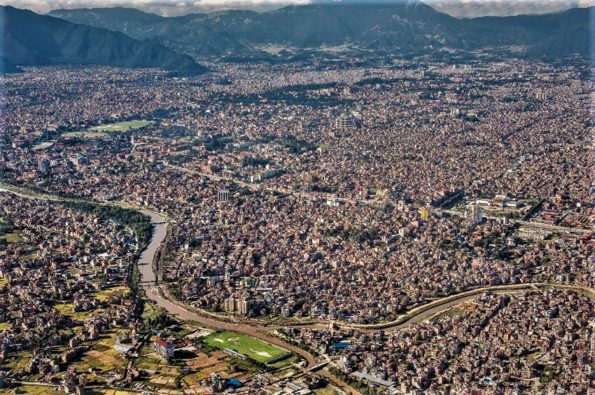KATHMANDU VALLEY DAY TOUR
Boudhanath Stupa:
The history of Boudhanath dates back to the fourteenth century, proceeding the infiltration of the Mughal people. No historian truly knows the reasons for its establishment but there are several theories. One is that the area was settled by Tibetan Buddhists after the invasion by the Chinese in 1959 with the Bodnath Stupa being the leading attraction as a place of holy pilgrimage. The Boudhanath temple eventually put the town on the map and the number of visitors have steadily increased.
The Boudhanath temple appears as a huge mandala, an illustration of the Buddhist macrocosm. The five Buddhas adorning the mandala are found on all Buddhist mandalas the world over. Boudhanath is only three and half miles from Kathmandu, and is a busy suburb of the capital. The Boudhanath temple, or Boudhanath Stupa, is the main reason visitors head toward the town. It is the main focus of tourism in the area because of it is the largest stupa found in Nepal and the holiest of all Buddhist temples outside of Tibet. The stupa in Boudhanath is the focal point of Tibetan culture inside of Kathmandu and all major holy Buddhist events and festivals are celebrated there.Boudhanath Stupa also has listed on a world heritage place among the ten other places in Nepal.
Pashupatinath Temple :
Pashupatinath is the largest and the very first name of the Lord shiva among one thousand eight others.Being a very believable god of hindu religion thousand of devotees every day visit to the Pashupatinath to worship.The Pashupatinath Temple is a famous, sacred Hindu temple dedicated to Pashupatinath and is located on the banks of the Bagmati River 5 kilometres north-east of Kathmandu Valley in the eastern part of Kathmandu,[2] the capital of Nepal. This temple is considered one of the sacred temples of Hindu faith..This temple complex is on UNESCO World Heritage Sites’s list Since 1979.This “extensive Hindu temple precinct” is a “sprawling collection of temples, ashrams, images and inscriptions raised over the centuries along the banks of the sacred Bagmati river” and is included as one of the seven monument groups in UNESCO’s designation of Kathmandu Valley as a cultural heritage site.This main temple is built in the Nepalese pagoda style of architecture. All the features of pagoda style are founded here like cubic constructions, beautifully carved wooden rafters on which they rest (tundal). The two level roofs are of copper with gold covering. The temple resides on a square base platform with a height of 23m 7 cm from base to pinnacle.(The unique feature of this temple is that only 4 priests can touch the idol. Daily rituals of Pashupatinath are carried out by two sets of priests ; one being the Bhatt priests and other Bhandari. Bhatta or Bhatt are the one who performs the daily ritual and can touch the lingam, whereas Bhandaris are the helper and temple caretaker priests who are not qualified to perform pooja rituals or to touch the deity.)
Swayanbhunath (Monkey Temple)
Swayambhunath is known as the Monkey Temple as there are holy monkeys. Swayambhu is among the oldest religious sites in Nepal. Monkey temple,it is one of the world Heritage place among seven in the Kathmandu and one among ten in the Nepal. Although the site is considered Buddhist, the place is revered by both Buddhists and Hindus. A golden spire crowning a conical wooded hill, Swayambhunath Stupa is the most ancient and enigmatic of all the holy shrines.Historical records found on a stone inscription give evidence that the stupa was already an important Buddhist pilgrimage destination by the 5th century AD. Its origins however,date to a such earlier time, long before the arrival of Buddhism into the valley.

